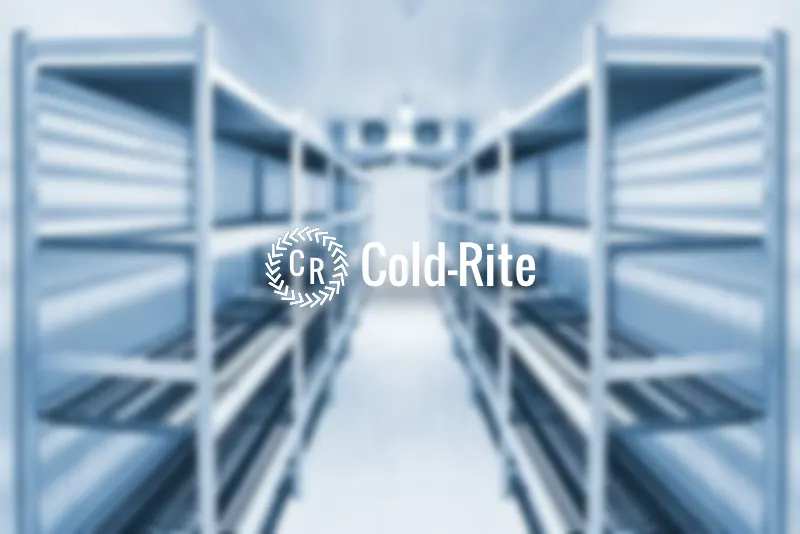Why Defrost Your Commercial Freezer?
For many businesses, the commercial freezer is the most important piece of equipment in the premises. Commercial cold storage is critical for many products and there is no substitute for quality engineering and manufacturing. This means that refrigeration units often require a significant amount of capital and must always be maintained to protect the investment. One of the best ways to proper functioning of freezer systems is to pay close attention to defrost cycles. Over time, a thick layer of ice can develop in the unit which can prevent components such as evaporator coils from absorbing heat effectively. Without defrost cycles, freezers would draw a tremendous amount of energy to cool themselves and also become dangerously warm.
How Does Defrosting Work?
Most commercial freezer units come equipped with auto-defrost systems which automatically shut down the refrigerator when too much ice builds up around the evaporator coils. In some cases, the compressor will perform an “off-cycle” to keep the coils frost free. Other systems defrost by turning off the compressor while keeping the evaporator fan on to allow room air to melt frost.
When the frost melt, the water usually runs into a separate tray under the unit where it is heated gently to allow it to evaporate using a “wicking system” which warms the water without requiring any extra components. There are many different reasons a refrigeration system might go into defrost mode, here are some common ones:
The ambient temperature of the room where your freezer is placed can make a big difference. External warmth and humidity will affect ice and frost build up inside the unit.
The condition of the heat pump will play a role in the effectiveness of the defrost system. Old systems have to work a lot harder to produce the temperature required for the unit.
Defrost Your Freezer Manually
Are you seeing a great deal of ice in your walk-in freezer? Maybe it’s time to take matters into your own hands and do a manual defrost. Cold-Rite has a step-by-step guide to help you get through it.
Always check the owner’s manual to understand how many defrost cycles your unit performs a day. When there is light frost forming in the unit, we recommend moving inventory to a fridge where it can be tightly packed together to retain its low temperature while you allow the empty freezer to defrost itself with better airflow.
In a situation where the build-up is excessive and needs to be dealt with, empty the unit and turn it off. You can either leave the system off overnight with the door open to let the ice melt naturally and for water to be drained out. If time is of the essence, these measures can help quickly remove the ice:
- Place containers of warm water on the shelves to make the surrounding ice melt faster.
- Use a blow dryer to quickly remove light layers of frost. Be careful not to allow the hot air to damage gaskets and other sealants.
- Placing a large fan in front of the open freezer door will increase warm air flow over thick ice.
- Use a wooden scraper to dislodge larger pieces of ice, but be careful not to scratch the inside of the fridge.
You can speed up the process by using these tips in combination while also placing a hot cloth over the ice.
Commercial Walk-In Freezer Room Design
Cold-Rite specialises in high-end, custom designed commercial cold storage purpose built for your industry. Find out how we conceptualise freezer rooms for our clients in the medical, laboratory and beverage manufacturing sectors while providing them with the highest level of after sales maintenance support with our mobile servicing units. Contact us today on 1300 33 66 28 for 24/7 industrial cooling expertise.



